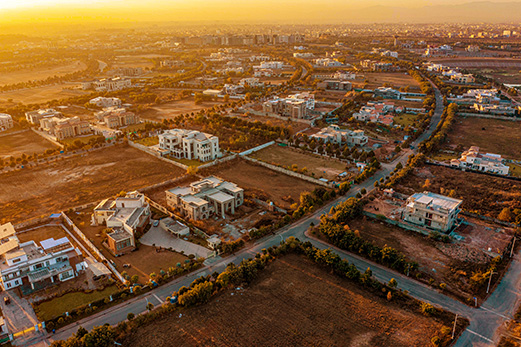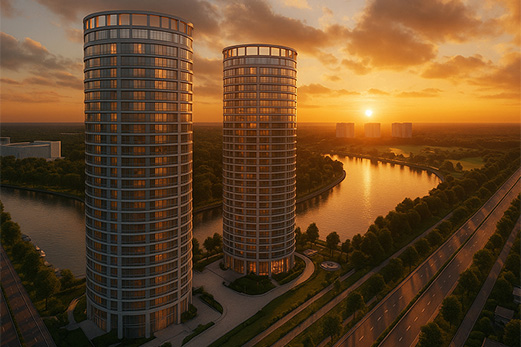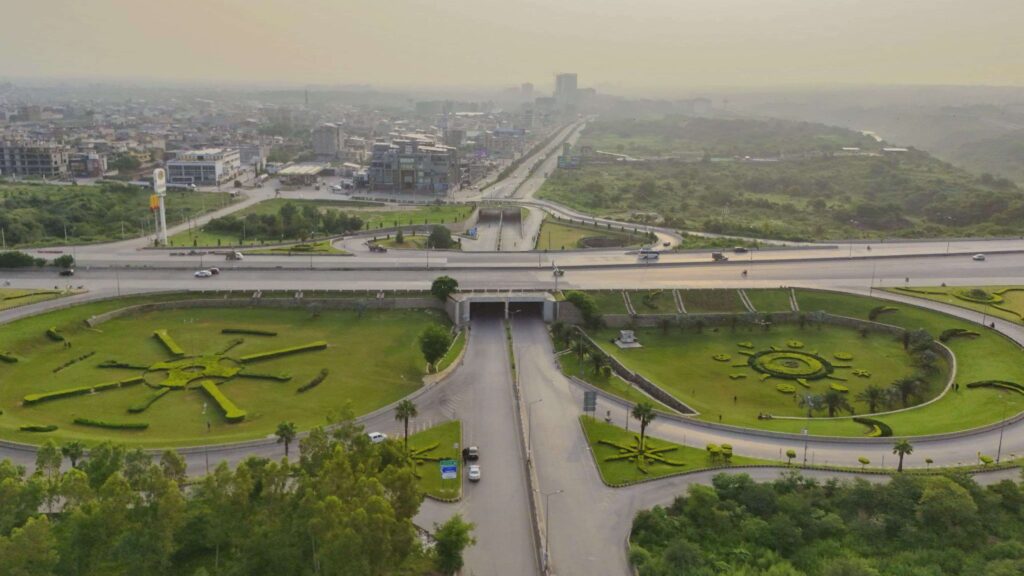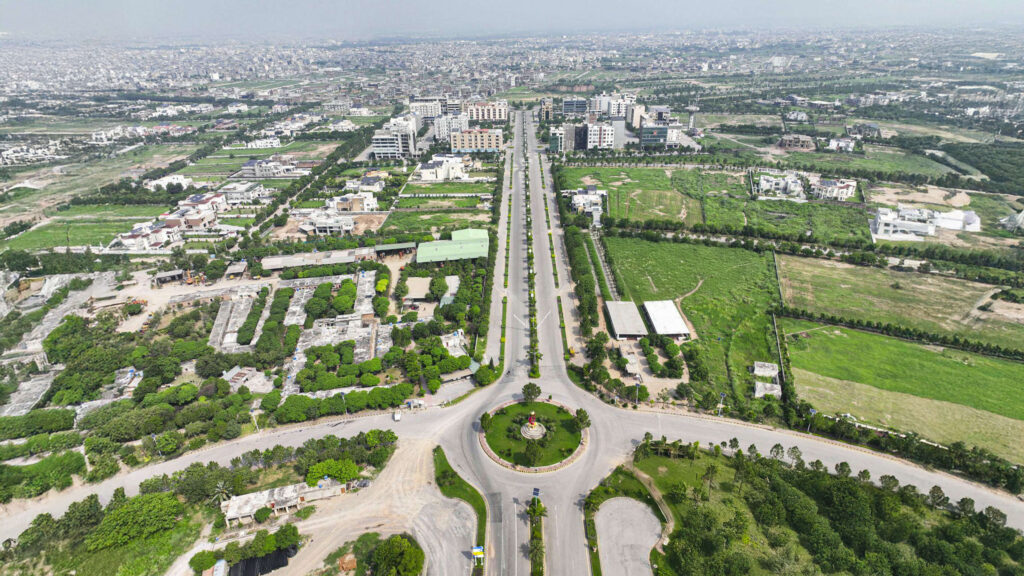The recent enactment of the car wash ban in Punjab is indicative of the impending problem of water scarcity in Pakistan. The car wash ban is decreed to lessen the impact of the dry spell during the summer. While this will have positive short-term outcomes, it also illustrates the need to plan for the future. The government deemed nonessential water use unsustainable. To combat water scarcity in Pakistan, the government initiated the car wash ban that took effect recently. However, the car wash ban has various implications for housing societies, including Gulberg Islamabad. Let’s dive deep into how the car wash ban affects communities and how Gulberg is taking initiatives to combat water scarcity in Pakistan.
Punjab’s water reality grew stark in early 2025; from September 1, 2024, to January 15, 2025, the province. It recorded a 42 percent rainfall deficit, one of the worst things in decades, spurring mild to moderate drought conditions across central Punjab. Facing shrinking dam reserves, depleting aquifers, and municipalities scrambling to maintain supply.
In April, the Punjab EPA initiated a car wash ban and ordered all 3,525 service stations to install recycling systems or face Rs 100,000 penalties, sealing orders, and closures. These emergency steps for eco-conscious housing societies in Islamabad underscore a broader truth: urban sustainability isn’t optional. Gulberg Islamabad’s Lake master plan preempted such crises by embedding rainwater harvesting, a 1,600-kanal lake as a mini‑dam, smart metering, and dedicated filtration plants. All these measures aim to secure the water supply and cool its microclimate naturally. As Punjab tightens the taps, Gulberg’s integrated model offers a blueprint for enduring, green living in Islamabad.
Understanding Punjab’s Car Wash Ban
In a decisive move, the Punjab EPA invoked the Environmental Protection Act 1997 to ban private car washing with hoses and slapped Rs 10,000 fines on violators. Simultaneously, all existing 3,525 carwash outlets were ordered to install water recycling systems by February 28, 2025. Noncompliance triggered notices, sealing, and shuttering; 2,557 outlets received notices, 159 were sealed, and 322 were forcibly closed, with cumulative fines exceeding Rs 600,000.
The Lahore High Court backed these measures in early April, urging the EPA to enforce the order across urban and rural districts. In parallel, oil-based cleaning substances were outlawed to prevent effluent contamination of soil and aquifers. This crackdown is no mere regulation but wake-up call. Traditional washing practices, often overlooked, collectively draw millions of liters daily, exacerbating stress on the Tarbela and Mangla dams, which now sit perilously low.
However, for service station owners, the deadline spurred rapid retrofit; over 646 stations now boast recycling units, saving thousands of liters per day. Yet enforcement continues, with the EPA patrols verifying compliance and imposing escalating penalties on laggards. As Punjab clamps down on water waste, communities face a new standard: every drop counts, from car washes to domestic consumption.
The Water Crisis and Its Implications
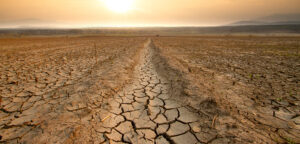
Punjab’s 42 percent rainfall shortfall mirrors a national water crunch. Pakistan overall saw 40rcent below-normal rains, with Sindh at 52 percent and Balochistan at 45 percent deficits. With Tarbela and Mangla near dead storage and canal flows at a 43 percent system shortfall, urban and agricultural users confront rationing and rising costs. In addition, groundwater withdrawals—about 50 MAF/year—lower aquifers by over 1 m annually, threatening future access for irrigation and drinking. This over-extraction also triggers soil salinization and subsidence.
Globally, water scarcity underpins broader environmental crises. These include erratic monsoons, groundwater mining, and competition among urban, agricultural, and industrial sectors. Moreover, in Pakistan, 4.2 million premature deaths stem from polluted air and water stress. This is an urgent reminder that healthy ecosystems underpin public health and economic stability.
Meeting these challenges demands sustainable practices: rainwater harvesting, wastewater recycling, and tiered water tariffs reflecting actual costs and discouraging waste. Only by integrating these measures at municipal, community, and household levels can Punjab—and Pakistan—avoid the absolute scarcity projected by 2025.
Gulberg Islamabad’s Commitment to Sustainability
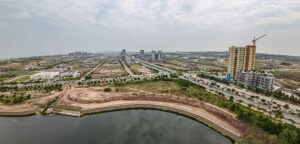
Gulberg Islamabad—a 9,000-acre IBECHS development—positions itself as a model of eco-conscious living, weaving water reliability into its very layout. At its core lies a 1,600‑kanal man‑made lake, engineered as a mini‑dam that captures storm runoff, buffers floods, and maintains underground water tables. Boasting the largest man-made lake in Pakistan, this community is taking solid initiatives to face the challenge head-on.
Surrounding this centerpiece, rainwater harvesting infrastructures—rooftop catchments, permeable pavements, and roadside drains—direct rainfall into underground reservoirs, slashing reliance on tube wells and safeguarding aquifers.
Complementing storage, smart water meters empower residents to monitor and optimize consumption in real-time, with automated alerts flagging leaks and unusual spikes. This data-driven approach has reduced average household use by over 20 percent in initial pilot zones. Meanwhile, a network of filtration plants ensures every drop meets potable standards.
Gulberg engages its community through awareness campaigns and signage, fostering a culture where every resident understands that water is finite. Taken together, these initiatives create around 1°C cooler microclimates versus surrounding urban sectors, as dense blue-green networks dampen heat islands and lower ambient temperatures naturally. By embedding security at both infrastructure and behavioral levels,
Lessons for Other Communities
Gulberg’s success offers actionable insights for any urban planner or policymaker:
- Integrated Water Networks: Ning lake-based storage, rainwater harvesting, and wastewater recycling create redundancy and buffers against supply shocks.
- Intelligent Monitoring: Real-time metering flags inefficiencies instantly, enabling rapid corrective action and driving down per capita use by double-digit percentages.
- Community Engagement: Infrastructure alone can’t sustain change—resident education, incentives, and clear communication lead to long-term behavioral shifts.
- Policy Alignment: Mandating rainwater systems in new developments, tiered water tariffs, and retrofit subsidies mirror Punjab’s car-wash recycling mandate and amplify the impact.
- Nature-Based Cooling: Blue-green corridors store water and cool surrounding areas. It also reduces energy demands for air conditioning by up to 35 percent in a shaded microclimate.
So, other cities can build security and protect public health by replicating these elements, tailored to local contexts. And ensure economic stability in the face of intensifying water and climate risks.
The Future of Sustainable Urban Living
Technological innovation will accelerate progress. IoT sensors, AI‑driven leak detection, and decentralized treatment pods can manage urban water cycles in near real time. Digital twins of community networks can simulate scenarios, allocating resources optimally under varying rainfall and demand patterns.
Yet technology thrives in partnership with policy and people. Cross-sector collaboration, from regulators and developers to citizen groups, can scale best practices, such as sludge-to-energy at treatment plants and on-park runoff reuse.
Imagine cities where every rooftop collects rainwater and every street captures runoff efficiently to conserve resources. Intelligent dashboards guide daily life, helping people use water wisely and reduce waste in urban areas. Urban landscapes become living labs, blending nature with innovation to create healthy and resilient communities. These cities transform environmental crises into smart blueprints for a sustainable and thriving future for all.
That being said, Punjab’s 42 percent rainfall deficit and the car wash ban highlight an urgent need for water security. Water security demands swift and systemic action across all levels. Gulberg Islamabad’s integrated approach combines lakes, rainwater systems, and smart metering. Community stewardship is key to success. This model shows that sustainable urban living is not only possible but also profitable.
In conclusion, policymakers, developers, and residents each hold a piece of the solution: enacting strong water policies and green designs. Adopting mindful habits in our homes is equally important. Gulberg, with Pakistan’s largest man-made lake, fights water scarcity. Learning from Gulberg’s model can help other communities turn scarcity into resilience. Every drop used wisely means every neighborhood thrives.
Take action today. Advocate for rainwater harvesting in your area. Support smart-meter rollouts. Embrace water-wise living. Together, we can build cities that don’t just weather climate challenges. We can create sustainable urban living.

